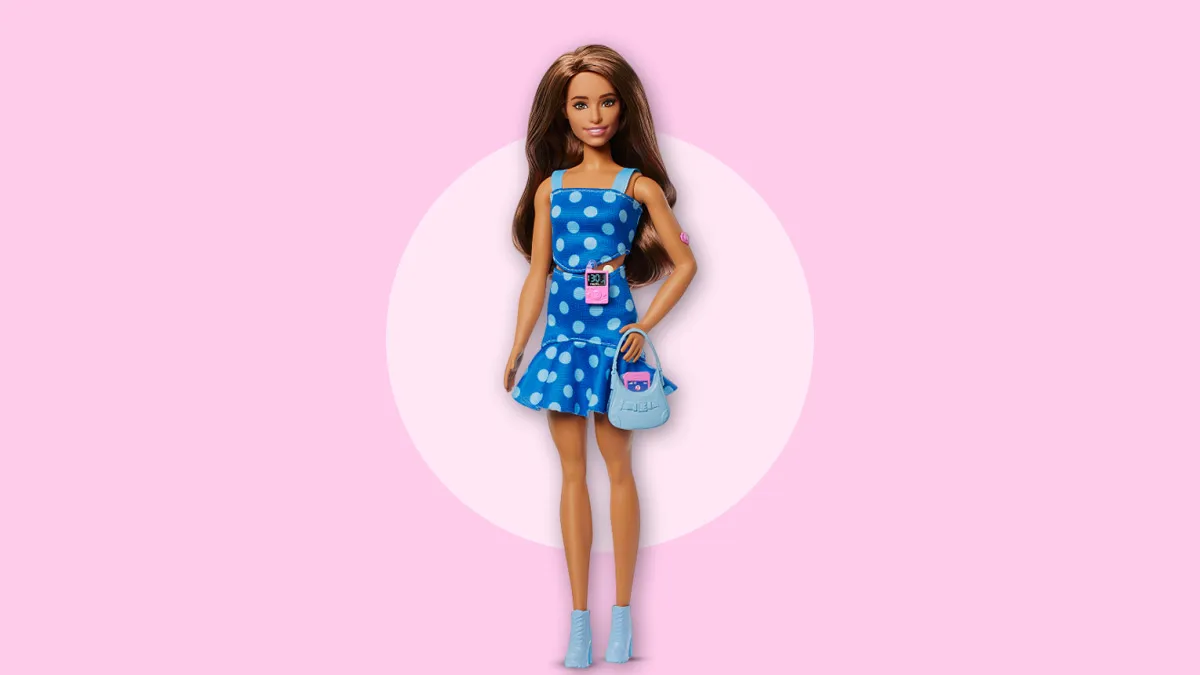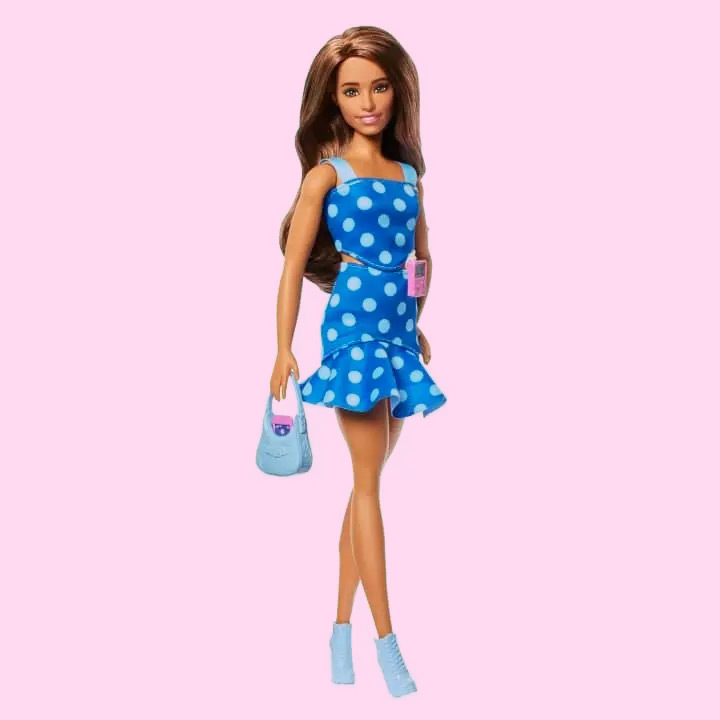
Barbie Launches First-Ever Doll with Type 1 Diabetes: Here's Why The Representation Matters
Mattel has introduced the first-ever Barbie doll designed to represent someone with type 1 diabetes, featuring a continuous glucose monitor and an insulin pump, both styled in Barbie’s signature pink. Announced on Tuesday as part of the Barbie Fashionistas line, this new addition aims to help children feel seen and represented while also inspiring imaginative play that goes beyond their personal experiences. Let’s explore what else this special doll offers.
Barbie Launches First-Ever Doll with Type 1 Diabetes
Mattel has launched its first-ever Barbie doll representing someone with Type 1 diabetes, as part of its ongoing mission to make its dolls more inclusive and diverse.
In its announcement on Tuesday, July 8, 2025, the company shared that it collaborated with Breakthrough T1D, a research and advocacy organisation previously known as the Juvenile Diabetes Research Foundation (JDRF) to ensure the doll’s design authentically reflects the Type 1 diabetes community. This includes carefully designed accessories that mirror the actual medical devices used by people living with the condition.
“Visibility is so important for everyone affected by Type 1 diabetes,” said Emily Mazreku, director of marketing strategy at Breakthrough T1D. As a mother who personally lives with Type 1 diabetes, she expressed that “seeing Barbie acknowledge T1D and represent those who live with it means the world.”
1
2
3
4

Barbie Diabetes Doll: Features
The new Barbie doll features a continuous glucose monitor (CGM) on her arm, a device used to track blood sugar levels, and she holds a phone showing the related app. She also wears an insulin pump at her waist. Additionally, Barbie comes with a blue handbag designed to hold important supplies or snacks when needed.
Her outfit is also blue, a coordinated polka dot top and skirt set. According to Mattel, both the colour choice and the design are inspired by symbols commonly associated with diabetes awareness.
Mattel shared on its official website that this new doll “allows more children to see themselves represented in Barbie.” It’s part of the broader Fashionistas collection, which focuses on promoting inclusivity. This line includes dolls with diverse skin tones, hair styles and textures, different body types, and various disabilities, which will aim to celebrate and reflect a wide range of identities and experiences.
Don't Miss: Labubu vs Lafufu: How To Tell If Your Collectible Toy Is Real Or Fake
Mattel Diabetes Barbie: Why This Representation Matters?
When kids play with dolls that look like them or share similar life experiences, it helps them feel seen and understood. Having a Barbie with Type 1 diabetes can be especially meaningful for children who use medical devices, as it shows them that they are not alone and that their experiences are normal and important. It can also encourage other kids to learn about the condition in a friendly, open way. Overall, dolls like this can build confidence, inspire empathy, and make playtime more inclusive and empowering for everyone.

Krista Berger, senior vice president for Barbie and global head of dolls, shared in a press release that this new doll is a significant milestone in Barbie’s ongoing mission to be more inclusive.
She explained that Barbie plays a big role in shaping how children see the world. By including medical conditions like Type 1 diabetes, they’re making sure more kids can feel represented in their play and see themselves in the stories they create with their dolls.
Keep reading Herzindagi for more such stories.
Credits: Mattel
Also watch this video
Herzindagi video
1
2
3
4